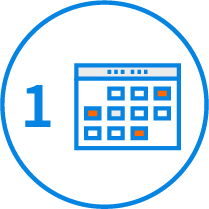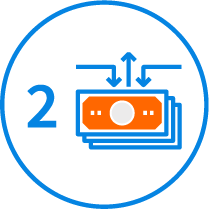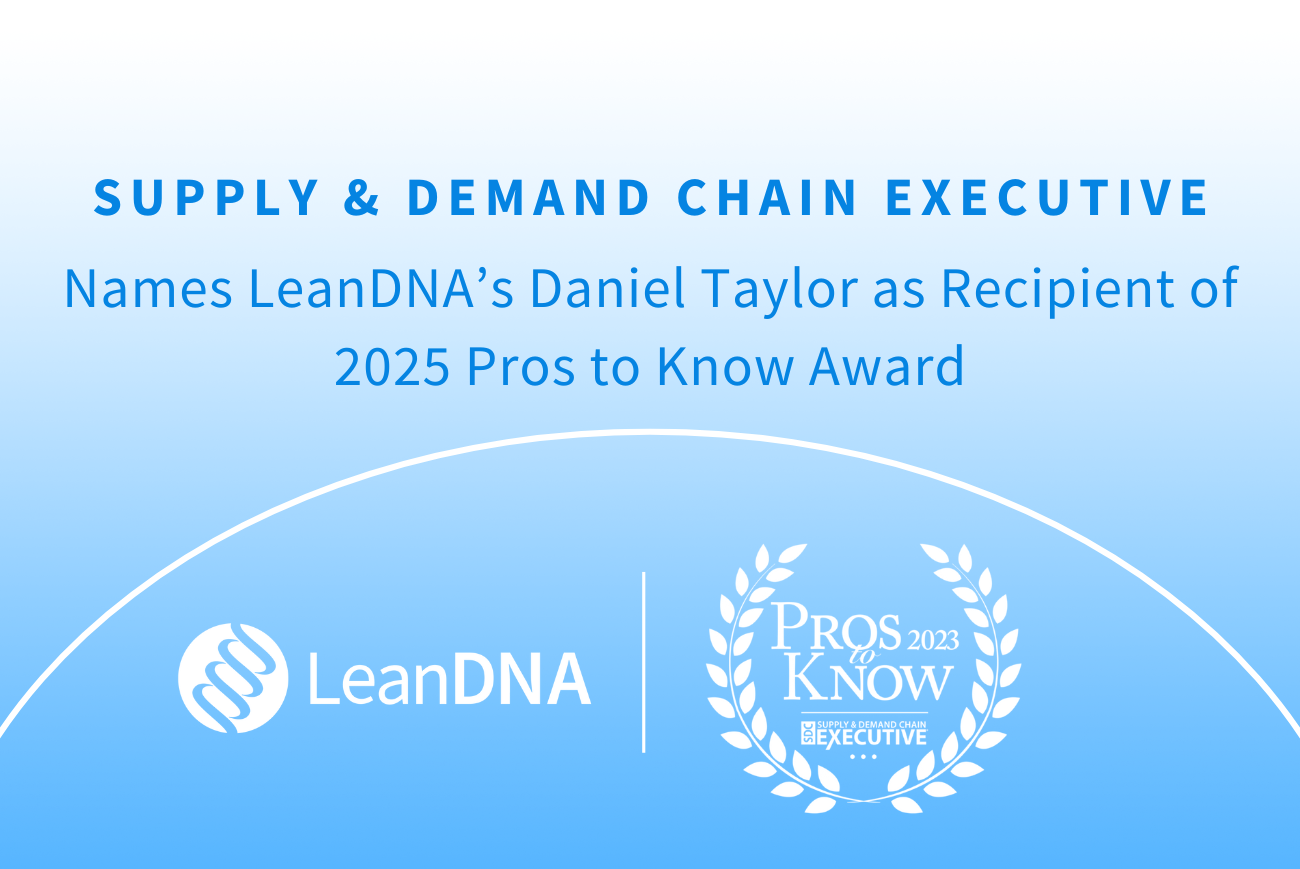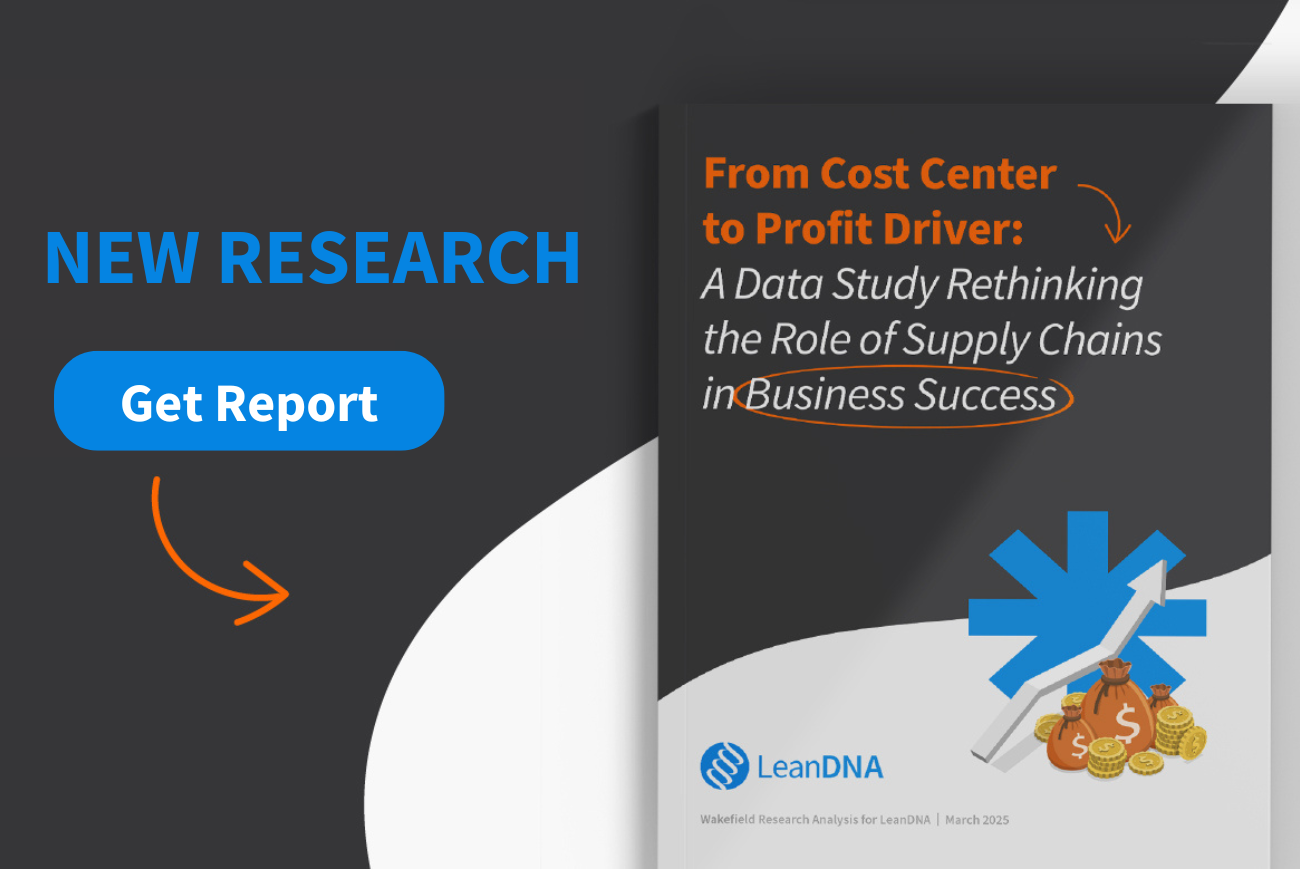Every day, supply chain leaders from around the world tell us about their struggles with dirty ERP data. Issues like duplicates, inaccuracies, obsolete data, and missing lead times all lead to increased costs and manufacturing delays. Cleaning up bad ERP data can seem like a daunting task, and it often holds teams back from addressing other technology projects or operational improvements. Where do you start? How will you spare resources to work on it? Is there ever a good time for an ERP data cleansing project?
Through our experience partnering with manufacturing leaders, we’ve developed a set of best practices that make ERP data cleansing more efficient and manageable: break it up into smaller chunks, focus on the opportunities with the greatest business value first, and spread data cleansing out across teams, over time. We’ll describe these in more detail, but first, let’s address a common approach we see among supply chain pros: trying to address data hygiene in one fell swoop.
Learn How to Improve Data Health for More Accurate Supply Chain Reports >>
The problem with trying to clean up ERP data all at once
Your teams may be putting off an ERP data cleansing project because you think you need to fix everything at once. With hundreds or thousands of data tables, multiple sites and systems, and little standardization for handling exception messages, determining where to begin can feel too daunting. If everyone’s overwhelmed by the scale of the project, your teams can stay paralyzed for months or even years as ERP data gets dirtier.
This all-or-nothing mindset can also place a lot of pressure on a single employee or team tasked with the bulk of the data cleanup work. If priorities shift, the data cleansing project might be the first thing to fall of that person’s or team’s to-do list. The one-time approach can also require a big resource commitment from your IT team, and IT’s plates are notoriously full. So, if a big, one-time data cleansing initiative doesn’t work, what’s a better way?
3 best practices to address data hygiene strategically
 Tackle data cleansing in small, manageable chunks
Tackle data cleansing in small, manageable chunks
Rather than trying to address your data hygiene in a single large-scale, labor-intensive project, we’ve seen companies have much better results when they break data cleansing up into smaller chunks. Identify a few issues at a time, investigate the root cause of the problems, and engage the right stakeholders in procurement, operations, IT, or with suppliers to correct the issues and make process improvements to prevent them from recurring.
“When teams build small data cleansing changes into their daily work, before they know it, they’ve made a huge difference in their ERP without huge effort,” says Tim Hiers, lead data integration engineer at LeanDNA.
 Prioritize data sets by business value
Prioritize data sets by business value
ERP systems provide large quantities of information with no prioritization, so which chunks should you clean up first? We recommend homing in on the data issues that have the greatest impact to the business’s bottom line and focusing your efforts there first. By triaging your data-cleansing tasks, you can make a bigger impact up front and deliver some quick wins to the business.
Start by cleaning up old demand data and inaccurate lead times, as these are huge drivers of purchasing activity that can result in excess inventory and costly shortages. To take it a step further, if you have a PFEP, or plan for every part, rely on this report to uncover high-value data areas to cleanse. Alternatively, you can use a software solution that identifies high-value inventory opportunities automatically. As the tool surfaces savings opportunities that are tied to dirty data, tackle those data cleanup tasks first.
 Distribute data cleanup tasks across teams, over time
Distribute data cleanup tasks across teams, over time
When ERP data cleansing tasks are owned by a single team—or worse, a single employee—you’re left in a situation with a single point of failure. Too often, we’ve seen teams forced to abandon data cleansing initiatives because someone’s been moved to another project, or the IT team had to shift their focus.
Rather than dedicating entire teams to ERP data cleansing projects that could take months, attack data cleansing with an approach rooted in continuous improvement. Spread data cleanup tasks out across all the teams that touch your ERP data. Help your buyers and analysts develop workflows that support ongoing data hygiene efforts and hold them accountable for addressing data cleanliness each day.
“Now more than ever, your data is the lifeblood of your organization, so we need to move away from the set it and forget it mindset that results in ballooning ERP data issues in the first place,” says Hiers. “Continuous improvement initiatives are a huge priority for most of the manufacturers we work with. We encourage teams to take a continuous improvement approach to ERP data cleanliness, as well.”
The good news is that ERP data cleansing doesn’t have to be overwhelming, and your teams don’t need to stay paralyzed by the prospect of the project. By breaking it down into manageable chunks, focusing on the highest-value issues first, and distributing the work across teams and over time, you can create an organizational culture of continuous data improvement.
To learn more about LeanDNA’s targeted approach to ERP data cleansing, download our data sheet.



